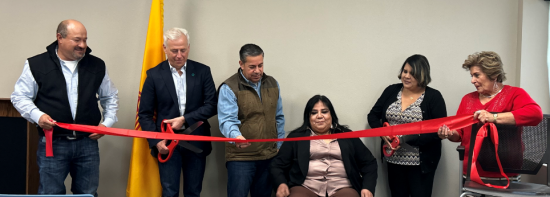What Partnerships Mean to NADBank
At NADBank, partnerships are more than just formal agreements—they are bridges that connect ideas to impact. Whether we are joining forces with public agencies and utilities, private developers or community leaders, our goal is the same: to turn shared challenges into opportunities for lasting, sustainable change along the U.S.-Mexico border.
These partnerships are dynamic, built on mutual trust and rooted in a common vision. They allow us to pool resources, mobilize innovation and address the very real environmental and infrastructure needs of the border region. From water scarcity to aging water systems, the challenges may be complex, but together, we are better equipped to solve them. The following explains some partnerships on the U.S. side of the border. There will be a future piece focusing on NADBank's partnerships in Mexico.
U.S.-Mexico border: Linchpin for the economic integration of North America
Prime Minister Trudeau, President Biden and President López Obrador met a year ago this month in Mexico City for the North American Leaders Summit. The objective of these meetings has been to strengthen the broad and deep relationship among Canada, the United States and Mexico. After the summit these leaders expressed their renewed commitment to continue economic cooperation and integration based on the current opportunity provided by the nearshoring of supply chains in a post-pandemic world. That commitment also reflects important trends and opportunities within the U.S.-Mexico border region that can have a positive impact on the binational relationship that supports the ongoing economic integration of North America.

